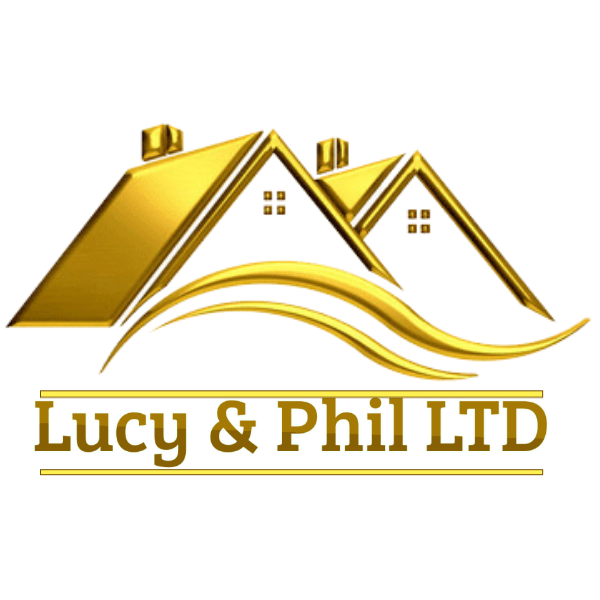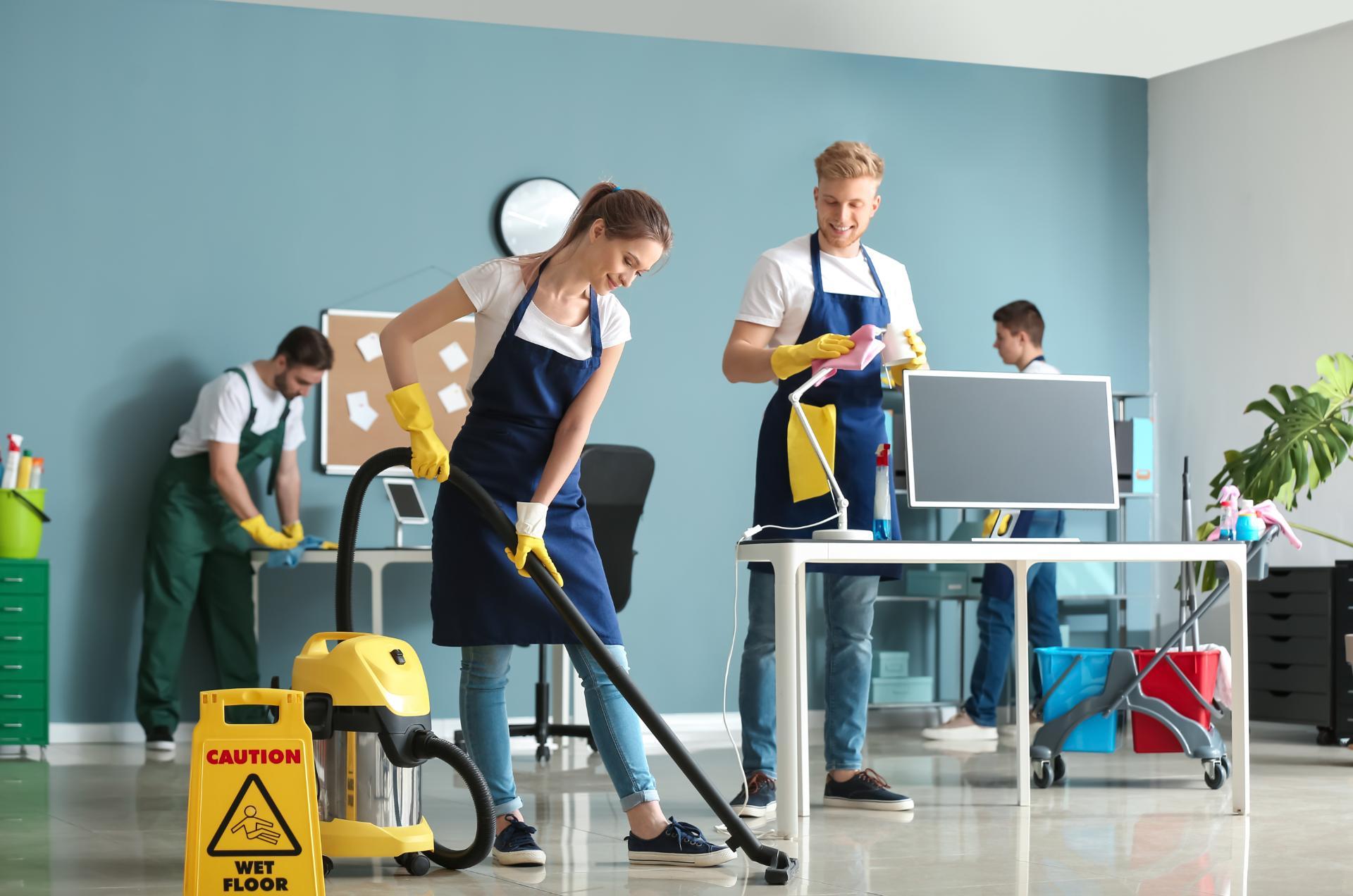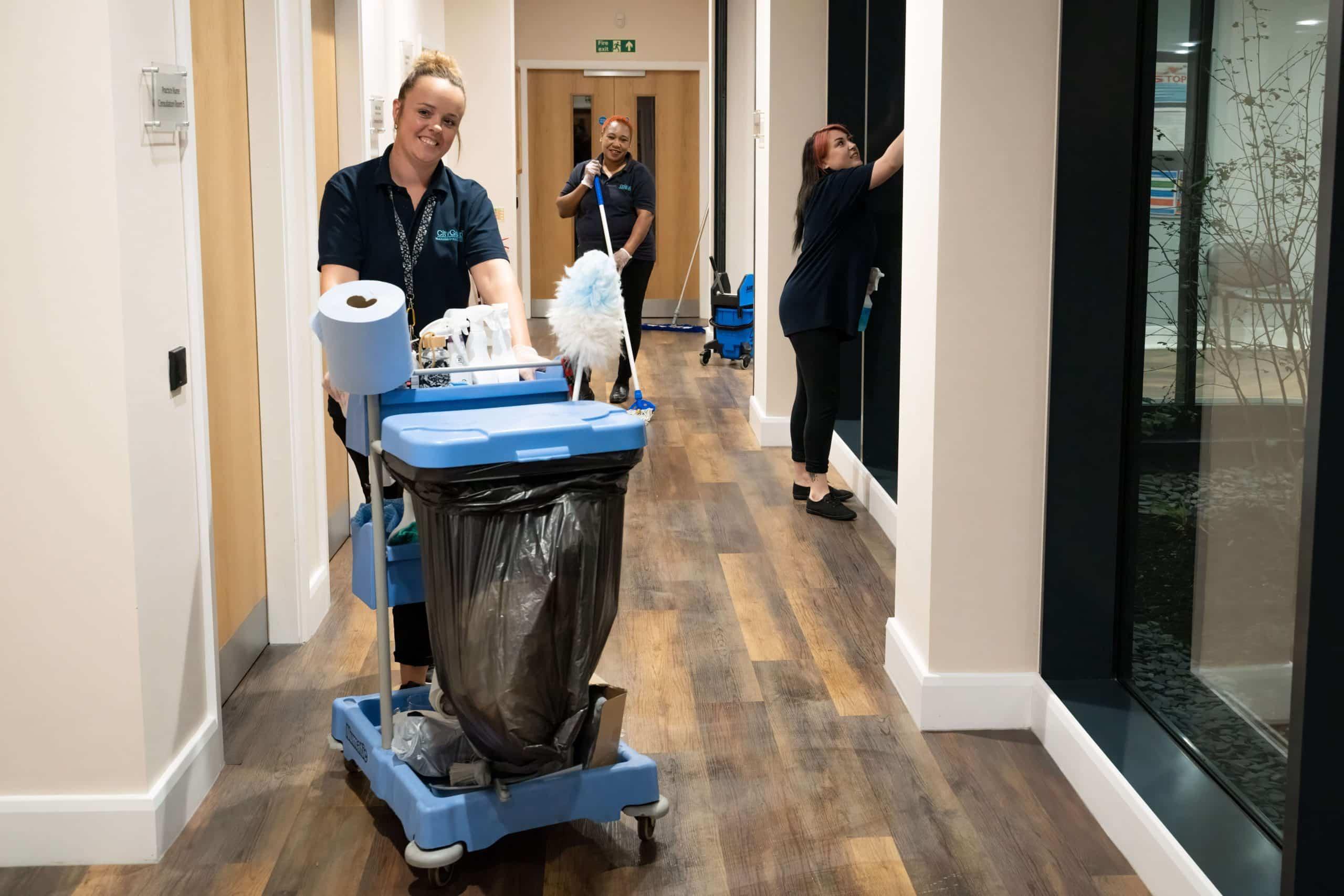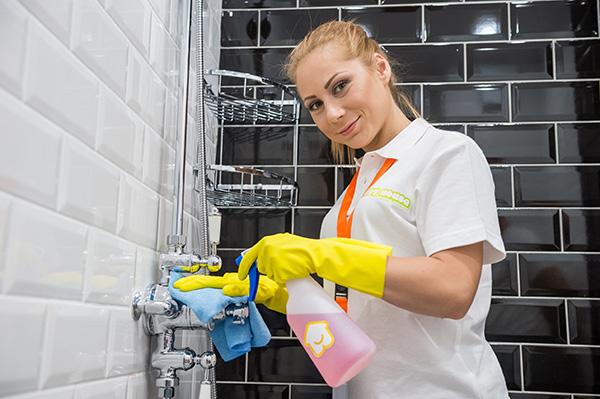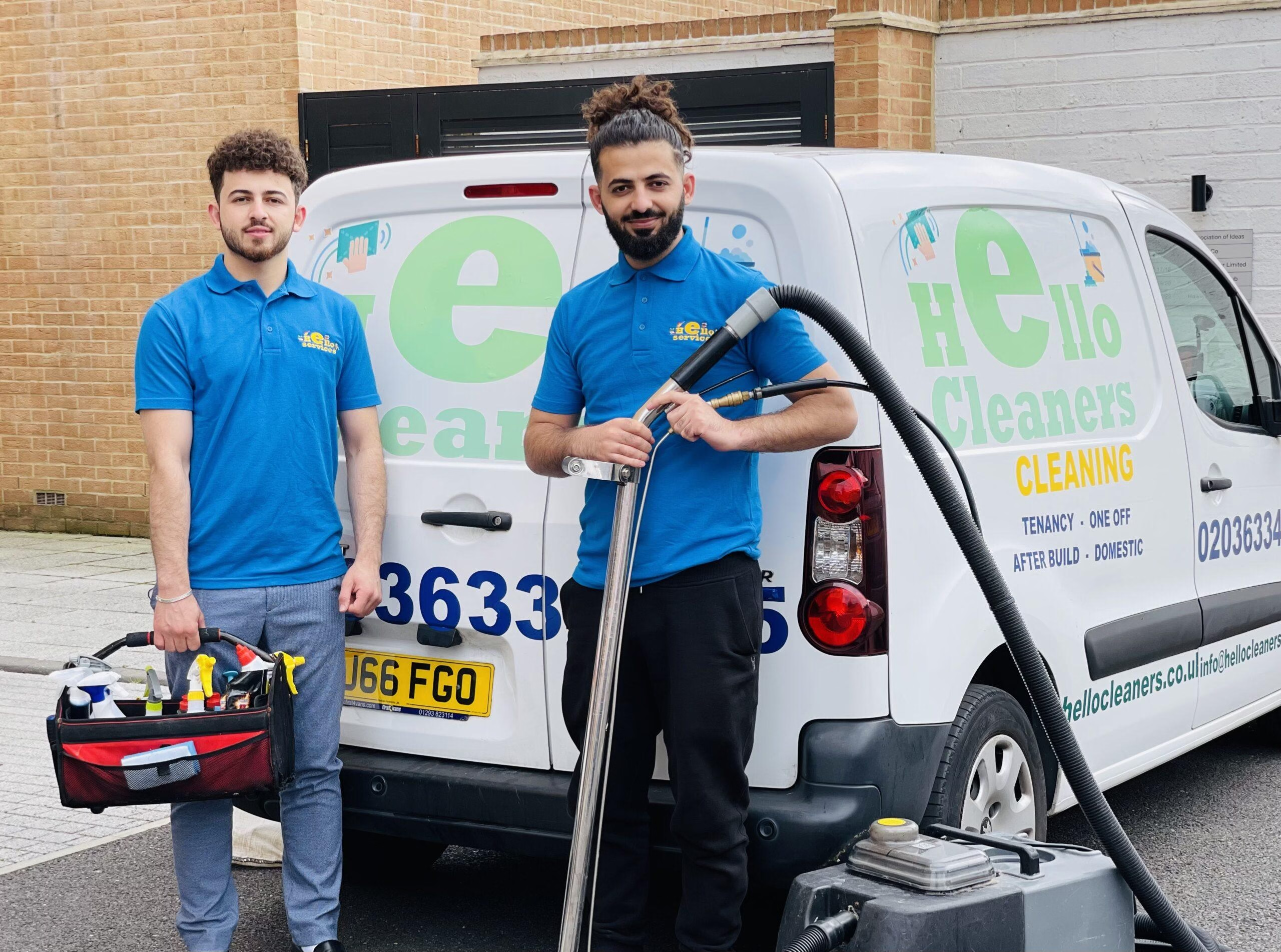
Before most offices unlock their doors and the first commuter train pulls in, an unseen workforce has already left its mark: bins emptied, floors gleaming, touchpoints sanitised, winter grit swept from entrances, and the quiet order that makes a workday possible restored. Janitorial services-often called contract cleaning or part of “soft FM” in the UK-span far more than mops and buckets. From heritage museums and high-street retailers to NHS wards, schools, logistics hubs and coastal hotels, they support the country’s daily rhythm, adapting to regional climates, building types and sector-specific regulations.
In the UK context, cleaning is inseparable from compliance and accountability: health and safety protocols, COSHH controls, BICSc-aligned training, DBS vetting where required, and increasing expectations for sustainability, from chemical choice and water use to waste segregation and reporting. The pandemic sharpened the focus on hygiene outcomes; technology-sensor-led washrooms, robotics, and data-driven scheduling-now sits alongside microfibre systems and routine day-porter work.
This article sets out the landscape of janitorial services in the UK: what’s covered and what isn’t, how providers are vetted, common pricing models, the role of accreditations, regional considerations, and the trends reshaping the sector. Whether you manage a single site or a national estate, understanding how the industry works can help you buy smarter, measure what matters, and choose partners that fit your operational and environmental goals.
Table of Contents
- The UK Janitorial Landscape Explained: Service Types, Regulations, and Typical SLAs
- Choosing the Right Provider By Sector: Healthcare, Education, Hospitality, and Industrial Sites
- What Good Looks Like: Pricing Models, KPIs, Auditable Checklists, and Green Standards
- Actionable Steps to Procure and Manage Services: Vetting, Trials, Contract Clauses, and Ongoing Reviews
- Future Outlook
The UK Janitorial Landscape Explained: Service Types, Regulations, and Typical SLAs
The market blends routine schedules with agile day-janitor cover to keep workplaces safe, presentable, and compliant. Buyers often stitch a core scope to periodic tasks and niche add-ons, guided by BICSc methods and site-specific risk assessments. Common bundles include:
- Daily & day-janitor support: touchpoint sanitising, meeting-room resets, reception sparkle
- Periodic deep cleans & floors: machine scrub, polish, strip/seal; carpet extraction and spotting
- Windows & high-level: water-fed poles, internal glass, specialist rope access where needed
- Washroom & hygiene: consumables, sanitary bins (licensed carriers), odour control
- Waste & recycling: segregation, confidential waste liaison, simple WEEE collections
- Healthcare/education: DBS-cleared teams, CQC-aligned protocols, colour-coding discipline
- Specialist tasks: kitchen degreasing, post-build cleans, flood/trauma response
- Consumables & supplies: eco-chemistry, dosing systems, IoT dispensers, janitorial stores
Compliance anchors delivery: Health and Safety at Work Act, COSHH assessments and SDS access, TUPE on contract change, Working Time Regulations, National Living Wage alignment, Environmental Protection Act (Duty of Care, waste transfer notes), plus DBS checks for sensitive sites. Many providers evidence quality via ISO 9001/14001/45001, SafeContractor/CHAS, and BICSc training. Typical SLA frameworks blend speed, quality, and assurance-helpdesk response, attendance/fill rate, audit scores, and corrective actions-often with ESG metrics like chemical dilution logs and recycling rates. A sample KPI set:
| KPI | Typical Target (UK) | Note |
|---|---|---|
| Attendance/fill rate | ≥ 98% | Vacancy cover within 24h |
| Reactive response | 2-4h | Same-day in urban sites |
| Quality audit score | ≥ 90% | BICSc-based inspections |
| Remedial actions | 24-48h | Corrective plan tracked |
| COSHH compliance | 100% | SDS + training verified |
| Customer CSAT | ≥ 4.5/5 | Quarterly pulse |
| Waste documentation | 100% | Monthly transfer notes |
Choosing the Right Provider By Sector: Healthcare, Education, Hospitality, and Industrial Sites
Sector-specific expertise is the difference between a tidy space and a truly compliant, risk-controlled environment in the UK. In clinical settings, you’ll want evidence of infection prevention protocols (colour-coded tools, COSHH compliance, BICSc-trained teams, auditable touchpoint routines) aligned to CQC expectations. Schools benefit from DBS-checked staff, safeguarding awareness, and timetables that minimise disruption. Guest-driven environments need front-of-house finesse, back-of-house reliability, and rapid turnarounds that never compromise food safety or brand standards. On industrial sites, look for H&S-first operations (RAMS, SSIP accreditations like CHAS/SafeContractor), machine-side cleaning competence, and safe segregation of waste and chemicals.
- Healthcare: Clinical-grade disinfection, ATP/UV audits, sharps and waste segregation, HTM-aligned sanitisation, traceable logs.
- Education: DBS-verified teams, low-tox products, term-time scaling, early/late shifts, safeguarding training.
- Hospitality: Front-of-house detail, housekeeping integration, food-safe chemistries (BS EN 1276/13697), odour control.
- Industrial: RAMS-led routines, degreasing and spill response, confined-space awareness, equipment-safe methods.
Before you sign, ask for sector-relevant case studies, on-site risk assessments, KPIs/SLA dashboards (quality scores, re-clean SLA, response times), and proof of ISO 9001/14001 systems. Clarify emergency cover, consumables supply, and sustainability levers (Ecolabel chemicals, electric machinery, water-saving processes, waste reporting) with clear evidence, not just claims. The best providers offer flexible scheduling (night cleans, weekend resets), transparent pricing, and continuous improvement plans aligned to your outcomes-lower infection risk, fewer disruptions, higher guest satisfaction, or safer throughput on the plant floor.
| Sector | Must‑haves | Methods | Compliance |
|---|---|---|---|
| Healthcare | Clinical disinfection | ATP testing | CQC, COSHH |
| Education | DBS staff | Low-disruption | Safeguarding |
| Hospitality | Fast turnarounds | Food-safe SOPs | HACCP |
| Industrial | RAMS + SSIP | Degreasing | HSE standards |
What Good Looks Like: Pricing Models, KPIs, Auditable Checklists, and Green Standards
Value-led contracts in the UK hinge on pricing that is transparent, benchmarkable, and easy to audit. The smartest buyers request a clear scope-of-work matrix, defined service windows, and an SLA that ties payment to quality and hygiene results, not just hours on site. Build in indexation (CPI and Real Living Wage), a hybrid model for steady routines plus reactive work, and clean separation of labour vs. consumables. Mature operators also offer digital portals for timesheets, consumables usage, and variance reports so stakeholders see exactly where time and materials are going-and where to optimise.
- Fixed-fee per site: predictable cost for steady routines; include indexation and scope change rules.
- Per m² rate: great for multi-site portfolios with consistent specifications.
- Time & Materials: for reactive, specialist, or event cleaning.
- Outcome-based: bonus/malus linked to audit scores and user feedback.
- Bundled subscription: labour + sustainable consumables with usage caps and dashboards.
Operational excellence is proven with KPIs that matter and auditable checklists. Blend hygiene and experience metrics: BS EN 13549 quality scores, ATP hygiene pass rates, response times to spill calls, complaints per 1,000 hours, consumable variance, recycling rate, and CO₂e per visit. Checklists should align to BICSc task maps and risk-based frequencies, with QR-coded zones, timestamped photo evidence, and supervisor sign-off; wrap it in a monthly governance pack with CAPA actions. For sustainability, look for ISO 14001, EU Ecolabel or equivalent chemistries, COSHH compliance, microfibre lifecycle tracking, lithium/HEPA equipment, zero-to-landfill waste segregation, and roadmaps toward PAS 2060 alignment and BREEAM credits where relevant.
| Model | KPI Focus | Audit Evidence |
|---|---|---|
| Fixed-fee | Planned task completion | QR scans, rota adherence, photos |
| Per m² | Consistency across estate | Portfolio scorecards, variance maps |
| Time & Materials | Response & resolution time | Work orders, timestamps, before/after |
| Outcome-based | Quality + user experience | BS EN 13549, ATP, CSAT, bonus/malus log |
Actionable Steps to Procure and Manage Services: Vetting, Trials, Contract Clauses, and Ongoing Reviews
Start with a tight shortlist built from local references and sector fit, then verify credentials that matter in the UK context: public liability insurance (and employers’ liability), ISO 9001/14001 or CHAS/SafeContractor, BICSc-trained operatives, DBS checks for education/health, Waste Carrier Licence, and COSHH/RAMS documentation. Ask for a site-specific cleaning specification with frequencies by zone, a mobilisation plan (induction, key holding, consumables onboarding), and evidence-led social value or sustainability commitments (e.g., chemical-free options, microfibre regimes, battery equipment). Run a 2-4 week pilot with clear KPIs and digital proof-of-attendance, include supervisor shadowing across shifts, and capture lessons learned before full go-live.
Lock in a contract that reduces ambiguity: a service SLA with measurable KPIs (audit scores, attendance, response/rectification times), pricing transparency for consumables, indexation (CPI/CPIH), TUPE handling where applicable, holiday/sickness relief cover, equipment ownership/maintenance, and break clauses aligned to performance. Add rebates/service credits for persistent misses, an escalation matrix, quarterly continuous improvement plans, and data protection for key-holding and incident logs. Maintain momentum with monthly audits, quarterly business reviews, spot checks at peak/low traffic times, and a rolling variable scope pack for ad-hoc works-keeping spend visible while standards stay consistent across multi-site portfolios.
- Shortlist smart: Match building type, hours, and compliance footprint; demand UK references.
- Verify hard: Insurance, accreditations, licences, DBS where needed, and RAMS fit for your site.
- Pilot first: 2-4 weeks with KPIs, supervisor coverage, and clear acceptance criteria.
- Write it down: Detailed spec, SLA, KPIs, indexation, TUPE, and remedy framework.
- Mobilise well: Induct staff, set comms, stock consumables, and test access protocols.
- Review often: Monthly audits, QBRs, and continuous improvement with evidence.
| Clause | Tip | UK Note |
|---|---|---|
| SLA & KPIs | Tie to service credits | Include audit score thresholds |
| Indexation | Cap annual uplift | Reference CPIH or Living Wage |
| TUPE | Request ELI early | Plan for incumbent transfers |
| Consumables | Transparent pass-through | Agree brand/spec upfront |
| Break Clause | Performance-linked exit | 30-60 day remedy period |
| Data & Keys | GDPR + chain-of-custody | Incident reporting within 24h |
Future Outlook
As the last lights dim and buildings exhale the day, janitorial work begins its quiet choreography-an essential service that most people never see but everyone relies on. In the UK, that choreography is shaped by more than mops and bins: it is guided by health and safety obligations, skills standards, sustainability commitments, and the practical realities of budgets and timetables.
Choosing the right approach-whether in-house teams, outsourced partners, or a hybrid model-comes down to clarity and alignment. Define what “clean” means for your environment, measure what matters, and look for evidence: training credentials, risk assessments, environmental practices, and transparent service levels. Technology and data can sharpen scheduling and accountability, but human expertise still makes the difference between surface tidiness and true hygiene. Fair employment practices and thoughtful procurement also ripple outward, influencing workforce stability and quality over time.
In the end, janitorial services are less a cost line than a condition for trust-enabling safe hospitals, focused classrooms, confident retail, and resilient workplaces. Prioritising quality, compliance, and sustainability isn’t about polishing appearances; it’s about protecting people and keeping the nation’s shared spaces open for life to happen. Clean is not a finish line but a standard we return to, day after day, so everything else can move forward.
